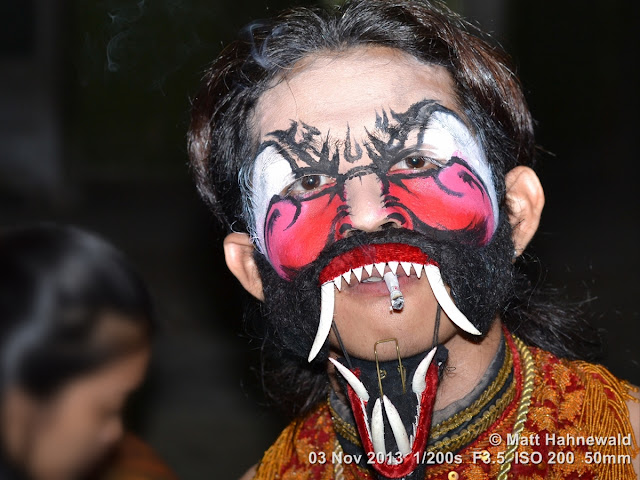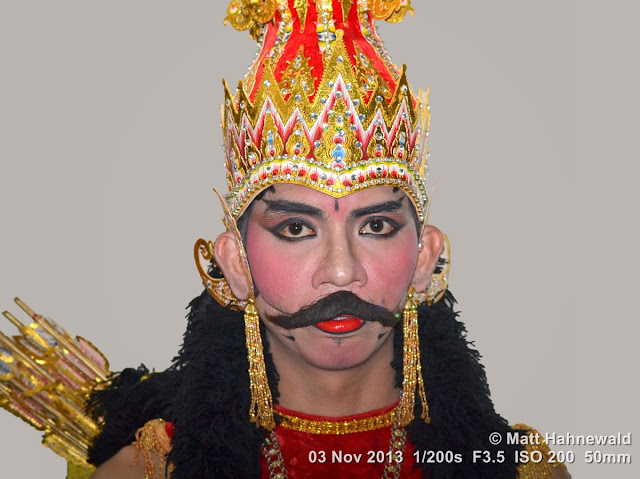Java is an island of Indonesia. With a population of over 145 million, Java is home to c 60 % of the Indonesian population and is the most populous island on Earth.
In the central Javanese court cities of Yogyakarta and Surakarta,
contemporary kings trace their lineages back to the prae-colonial
Islamic kingdoms that ruled the region, making those places especially
strong repositories of classical Javanese culture.
The Javanese dance is created and influenced by the distinctive Javanese culture,
often with controlled, deliberate and refined movements. It's usually
associated with the courtly and sophisticated culture of the royal
palaces aka kratons.
The Javanese dance has a somewhat meditative quality and tends to be more
self-reflective, introspective and more oriented toward self-understanding. It
is usually associated with wayang wong aka wayang
orang and the palaces of Yogyakarta
and Surakarta, due to the
nature of the dance being a pusaka
or sacred heirloom from the ancestors of the palace rulers.
The wayang wong
dance dramas in the central Javanese kratons of Yogyakarta and Surakarta
represent the epitome of the distinctive Javanese culture. It is total theatre
involving dance, drama, music, visual arts, language, and literature.
The pesindhèn (informally: sindhen) are female solo singers who sing with a gamelan orchestra. They may perform in unaccompanied music, dance, or wayang wong performances.
As the center of Javanese courtly culture, Surakarta is also the centre of all royal Javanese dances. Wayang wong is routinely performed in a wayang wong theatre in Sriwedari park.
High-res portrait photographs with full exif data, precise geotags and technical details in Matt Hahnewald's















No comments:
Post a Comment